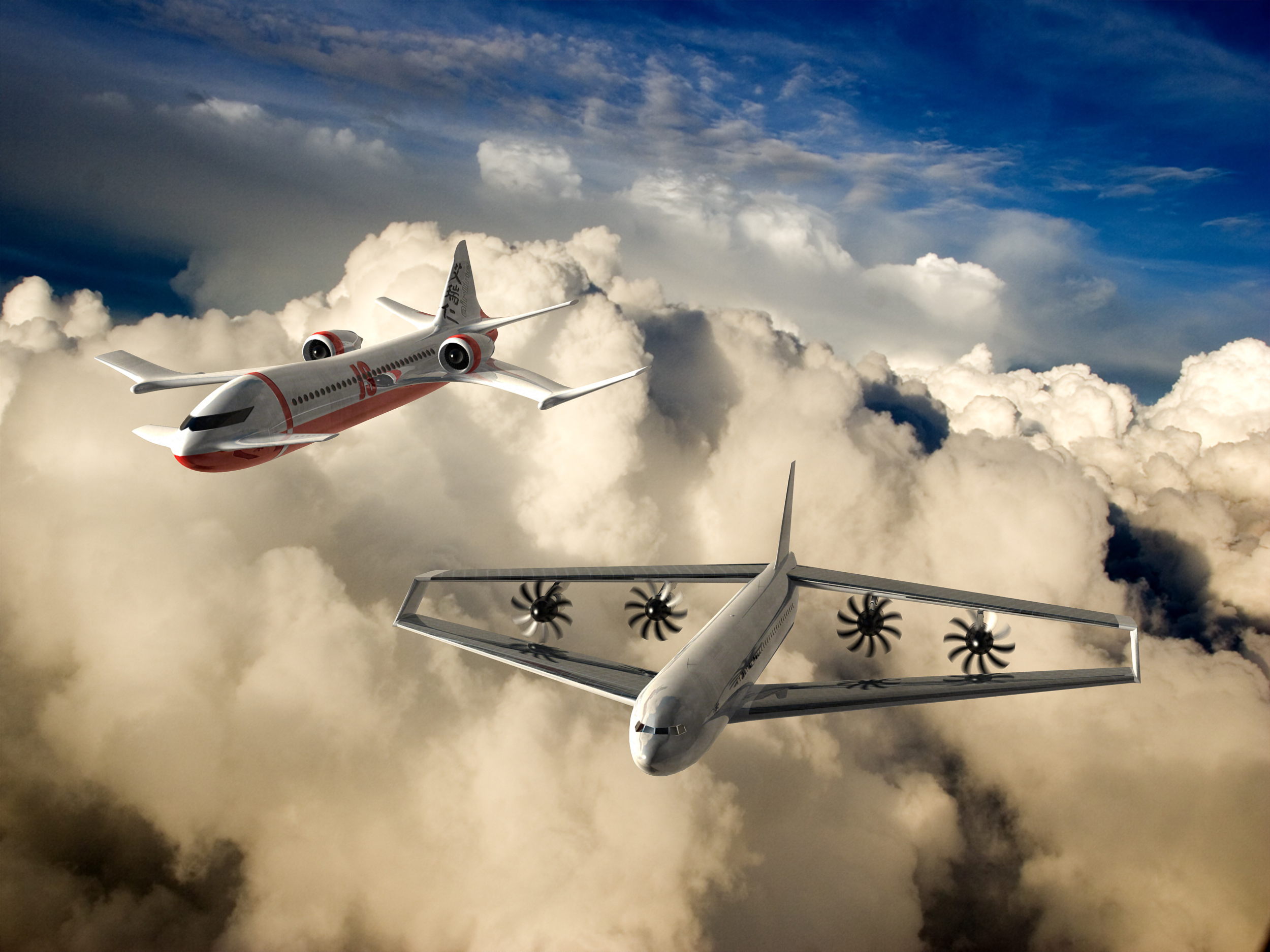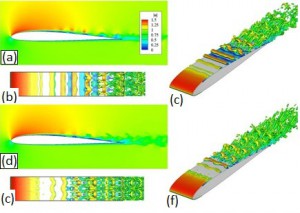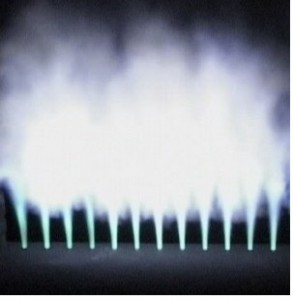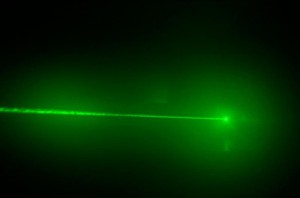
January 26, 2015, by Alessio Basso
Further enhancement of aircraft performance: still a utopia?
The arrival of boundary layer control technologies is closer and closer!
The brisk pace with which our climate is changing, and the increased awareness of the limitation of natural fossil fuels are making nations and supra-national organisations take measures to attempt to slow down the actual trend of global warming – the disastrous consequences of which include the increase in ocean temperature, the melting of glaciers, and the greater likelihood of natural catastrophes (storms, droughts, floods).
As a result, EU leaders have agreed to cut the emissions of greenhouse gases by 40% by 2030 in order to minimize the interference of human activity with Earth’s natural balance.
For this purpose, lowering air transport emissions plays an important role. In fact, despite its comparatively low cost and convenience, air traffic is still one of the most significant sources of environment pollution, due to its volume and the fact that pollutants are directly emitted into the atmosphere, at a certain altitude. With regard to volume, on a typical summer day, around 30,000 airplanes might travel across European airspace alone.
A first challenge, already being tackled, consists of converting the aircraft’s main power sources, from conventional gas turbine engines into more electrically powered engines. This would require the complete reevaluation of the aircraft concept as its noxious emissions would be completely eliminated. However, a lot of research activity is focused on this as safety (most importantly) and reliability cannot be completely ensured and proven yet.
Therefore, an alternative approach is to improve the actual aircraft efficiency by reducing its aerodynamic drag. This would significantly decrease the fuel consumption, and consequently its exhaust gas emissions.
Since airplanes travel through air, which is characterized by its own viscosity, they naturally incur the turbulent skin friction drag. Previous studies suggest that, for a common commercial aircraft flying at low subsonic speeds, the sum of the turbulent skin-friction and lift-induced drag is around 85% of the total amount. That is why the friction drag control in turbulent boundary layers is a key consideration among fluid dynamicists.
Nowadays, several methods are already under investigation. One of these is plasma actuation, for which air is ionized to produce tangential or wall-normal jets. As a result, local turbulence is enhanced while the aerodynamic velocity field is perturbed. A valuable example of this is the serpentine-shaped Plasma generator, which, according to a study from the Applied Physics Research Group (APRG), University of Florida, might provide a more-efficient aircraft performance. The effect on the flowfield of this actuator is shown on a wing section (Figure 1). Some coherent vortex structures are generated. Their position and distribution are strongly dependent on the configuration of the plasma actuator.
|
Figure 1 – Serpentine-shaped Plasma actuators across the wetted area of a wing section. ((a) and (d)) Instantaneous velocity magnitude and vortical structures as viewed from the ((b) and (e)) top and ((c) and (f)) iso-metric perspectives. The vortical structures are visualized through the Q-criterion, Q = 100, and colored by the velocity magnitude for the ((a)-(c)) quarter and ((d)-(f)) full serpentine geometries. Courtesy of M. Riherd, APRG |
Another philosophy is represented by synthetic jets (Figure 2). Coming up from the solid wall through tiny orifices, they are capable of improving friction drag reduction or delaying the transition to turbulence by affecting the large scale structures outside the boundary layer. These jets can be generated either by a membrane oscillating, an electric spark, or a pulsed detonation, triggered inside a cavity. As a result, jets as fast as 200 m/s or 720 km/h are generated! That means the same order of magnitude of the cruise speed of a common commercial airplane.
|
Figure 2 – Supersonic synthetic jets produced by pulsed detonation, © GE |
A further breath-taking idea is “Energy Deposition”. It consists of focusing a high energy wave into a small spot, in order to induce some effects on air, such as the generation of remote vortices. The method is highly innovative as it is possible to disturb the flow field from outside the boundary layer, without directly affecting the local near-wall region! Therefore, the best candidate among several actuators seems to be the laser light (Figure 3), because it is:
- Coherent, i.e. its wavelengths are in phase both in space and time;
- Highly-directional, i.e. is it emitted through a very narrow beam, order of tenths of a millimeter;
- Monochromatic, i.e., in contrast with common light, it has one color alone at given wavelength.
Figure 3 – Green light laser beam @532nm in a foggy environment . Courtesy of Oregon State University
The working principle is the same as concentrating sun light into a small area, by means of a parabolic mirror. If putting any wood/paper objects exactly at the mirror focal point it will burn after a few minutes. A glass of water would boil at that point, because energy is captured from a distributed source and concentrated in a very small area.
So far, laser energy deposition has been successfully applied to supersonic flow fields, for which the control of the location of shock waves in front of moving bodies is tremendously critical, due to the sharp heat flux rates. However, a lot of research is being undertaken to control the coherent structures, which are believed to be responsible for the high level friction near the solid wall, and whose time scales are significantly longer than the energy deposition.
In conclusion, boundary layer control technology definitely represents the future in the aerospace industry in order to make air travel more efficient, in terms of costs, fuel consumption, and most importantly, in respect to the environment. We cannot be completely independent from fossil fuels yet. However, we are improving enormously with respect to the past. It is hoped that the flow control methodologies presented above will be soon implemented in large commercial scales among the main aircraft manufacturers so that the optimum performances flight will no longer be considered a utopia.




[…] progressive optimisation of the current aircraft is ongoing (aerodynamic improvements, engine efficiency, increased use of composite materials, etc.) other revolutionary concepts are […]
[…] for large aircraft, the use of Boundary Layer Ingestion (BLI, which we have already presented in here) could be better. In this way, we will be redefining ways of thinking about aircraft, and not only […]